An appointed UN committee is tasked with maintaining, identifying and protecting buildings, forests, mountains, lakes, deserts, and even cities of special cultural or physical significance. Deemed important to the heritage of humanity, these sites might be tourist traps, wonders of the world, or marvels of nature. We now have 19 in Canada and they are all worth visiting. Here’s ten for the Bucket List.
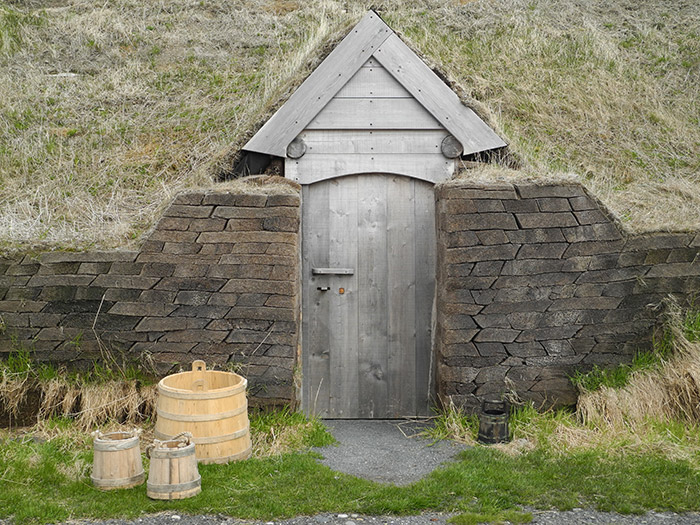
1. L’Anse aux Meadows National Historic Site
Long before Christopher Columbus discovered the “New World”, the Vikings of Scandinavia had crossed the Atlantic and beaten him to it. The proof can be found amongst the 11th century timber framed turf buildings excavated on the tip of the Great Northern Peninsula in Newfoundland. Closely resembling Norse dwellings found in Greenland and Iceland, the site is the first known evidence of European influence in the Americas, and has therefore been awarded its UNESCO status. First excavated in the 1960’s and protected by Parks Canada since 1977, visitors can learn more about the Viking lifestyle and archeological discovery through various exhibits, and explore the beautiful surrounding area with a number of hiking trails. Watch Robin’s visit to L’Anse aux Meadows.
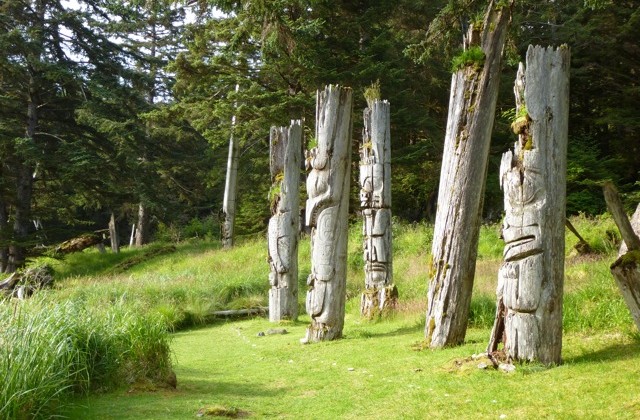
2. SGang Gwaay
Off the west coast of BC lies the famed Haida Gwaii, an archipelago of islands renowned for its natural beauty. But UNESCO also recognizes SGang Gwaay for the cultural significance of its old Haida village, complete with totem polls, cedar long houses, and a mortuary. It’s a living museum to the Haida people, their traditions, culture, and their relationship with land and sea. Human history on this island dates back 2000 years, although it was abandoned shortly after 1880. Nature has claimed back much of the original village, but 10 longhouses remain in relatively good condition, and the totems are “amongst the finest examples of its type in the world.” Watch Robin’s visit to Haida Gwaii
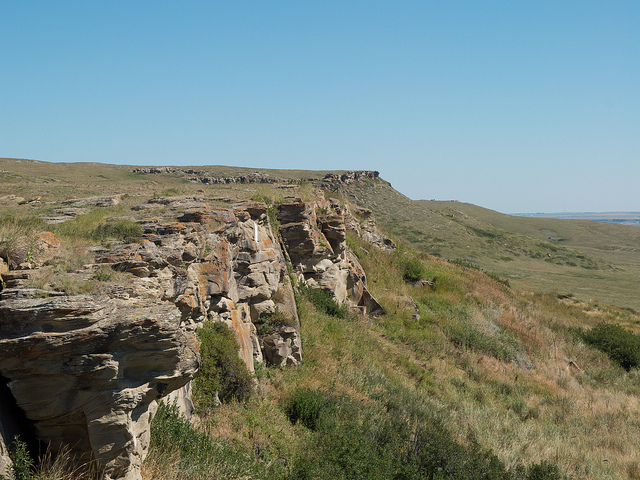
3. Head-Smashed-In Buffalo Jump
For over 6000 years, indigenous people in southern Alberta displayed a cunning use of the local landscape by shepherding buffalo off an 11m high cliff. This provided an important food source, and evidence of an advanced and communal hunting culture. The proof is in bone deposits that run up to 10m deep. UNESCO recognizes the site for its cultural, archeological and scientific interest, as it proves people in the Americas were hunting with communal strategy long before it was thought they did so. Built into the sandstone cliff, an on-site interpretative centre explains the ecology, mythology, lifestyle and technology of the Blackfoot, along with a permanent photographic exhibition about Aboriginal culture.
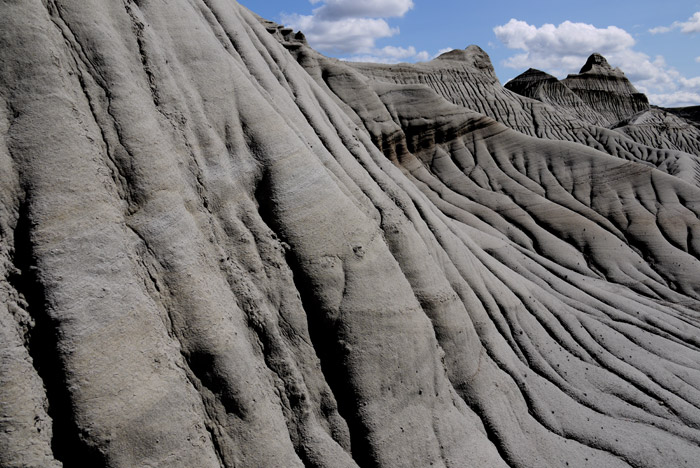
4. Dinosaur Provincial Park
Two and a half hours southeast of Calgary sits the Albertan badlands, a striking landscape of hoodoos and rock formations. It’s also one of the richest fossil beds ever discovered, yielding 500 species of ancient flora and fauna. UNESCO recognized the area as being significant to humanity because of both its geological importance, and its contribution to palaeontology. Millions of years ago, this was warm coastal lowland. As rivers dried up, they left behind the moonscape you see today, and the remains of 14 families of dinosaurs. Guided tours from the excellent visitor centre take visitors into the fossil bed, where you might still see dino bones poking through the dirt. Check out Dinosaur Provincial Park on The Great Canadian Bucket List
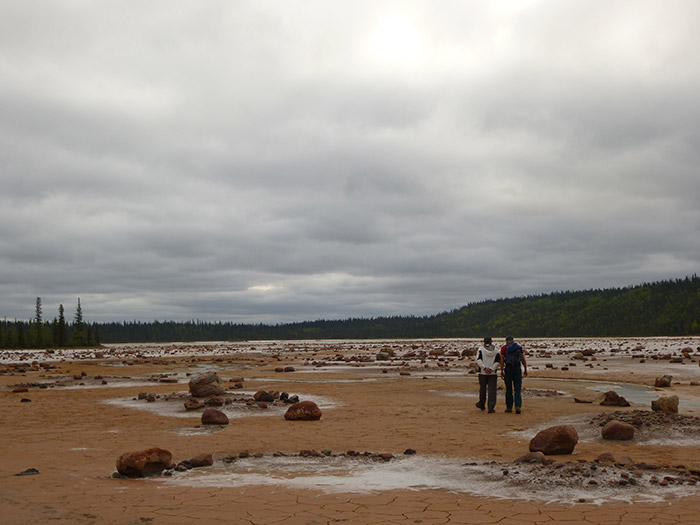
5. Wood Buffalo National Park
At 44,807 km2, Wood Buffalo is the largest national park in Canada, shared between northern Alberta and the southern Northwest Territories. Threatened with extinction, the park was established to protect the largest free roaming herd of wood bison. It contains great concentrations of migratory wildlife, including 227 bird species and 46 species of mammal, interacting in the world’s largest inland delta. The park has the largest undisturbed meadows in North America, and protects a massive area of the continent’s Boreal plain. Those in love with the outdoors enjoy summer’s midnight sun, while camping, canoeing, hiking, biking and wildlife viewing. Check out Wood Buffalo National Park on The Great Canadian Bucket List
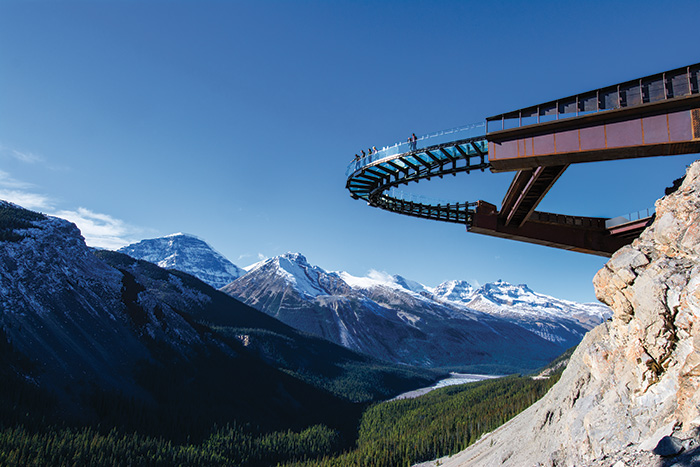
6. Canadian Rocky Mountain Parks
UNESCO recognizes the mighty Rockies through the national parks that protect its natural and historical legacy – Banff, Jasper, Kootenay, Yoho – and the provincial parks of Mount Robson, Mount Assiniboine and Hamber. These seven parks comprise some of the most beautiful scenery anywhere on the planet, encompassing mountains, glaciers and icefields, lakes, waterfalls, caves, and forest. Beyond the natural beauty, the parks also contain the headwaters of three major river systems, and an important fossil area – the Burgess Shale – that has yielded early evidence of marine life dating back hundreds of millions of years. Visitors from around the world appreciate the park in all seasons. Besides hiking, camping and biking in summer, you can ski/snowboard in Banff National Park, rightly known as Canada’s Protected Playground. Watch Robin explore Skoki Lodge in Banff National Park
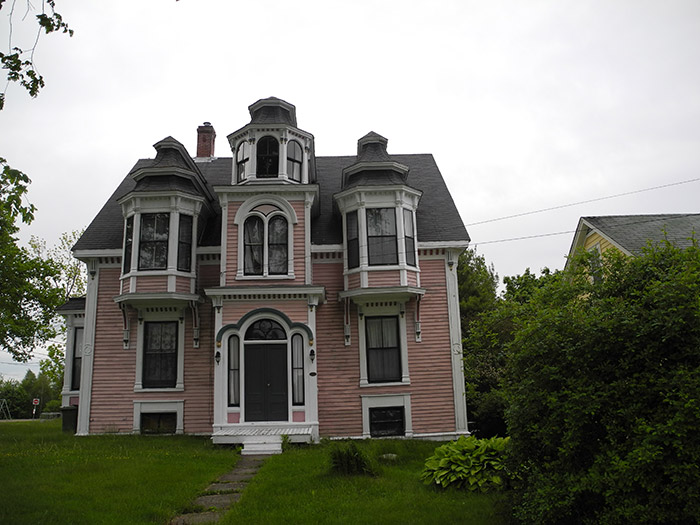
7. Old Town Lunenburg
Nova Scotia’s Lunenburg, with a population little over 2000, has been recognized by UNESCO as being the best surviving example of a British colonial settlement in North America. Dating back to 1753, the town has preserved its appearance, including painted wooden houses and a grid plan that dates back to the 18th century. Locals receive kudos for retaining and protecting the architectural legacy of the town. With the challenges facing the Atlantic fishing industry, the town has adapted and now cites tourism as its most important industry. Lunenburg houses the Fisheries Museum of the Atlantic, along with various art studios and galleries. With iconic wooden houses overlooking the sea, the town is often used in film and TV productions, and is surrounded by beautiful beaches and countryside. Check out Lunenburg on The Great Canadian Bucket List
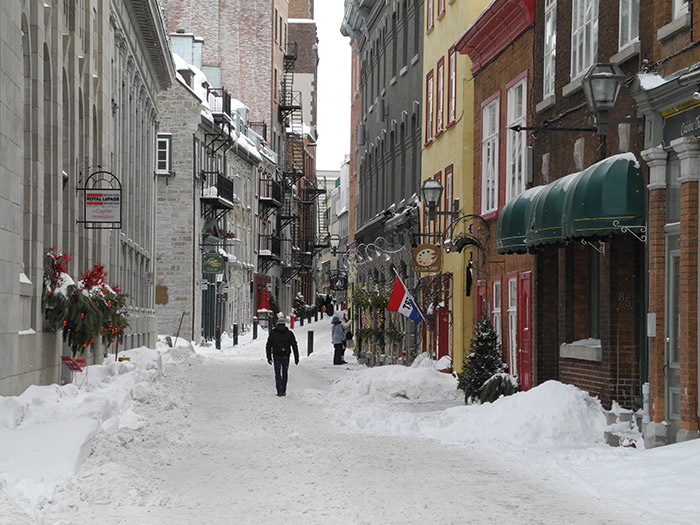
8. Historic District of Old Québec
It might not look out of place in Europe, but foreign visitors to Old Quebec are thrilled to find well-preserved bastions, gates, and fortified structures dating back to the city’s founding the in the 17th century. According to UNESCO, it is a “remarkable example of a fortified city of the colonial era, and unique north of Mexico.” Strolling along shops, restaurants and cafes, some of Old Quebec’s famous sites include the Basilique Notre-Dame-de-Québec and Église Notre-Dame-des-Victoires, the province’s oldest church. Take a walk along the old stone ramparts, or shop in the continent’s oldest shopping district, the pedestrian-only Quartier Petit Champlain. Watch Robin explore Old Quebec City
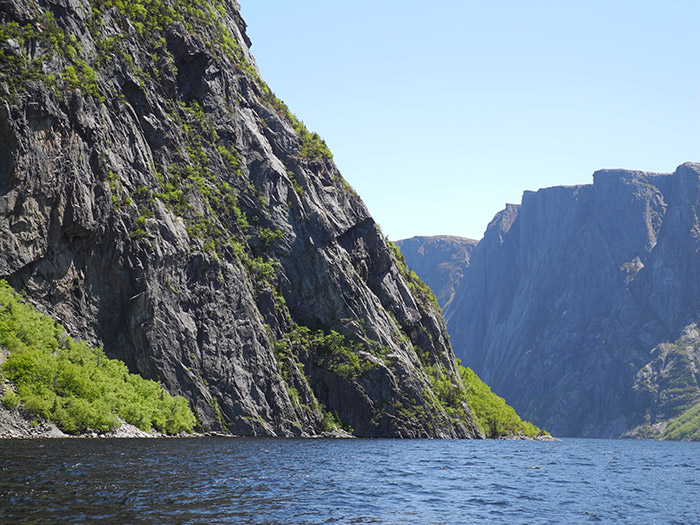
The spectacular beauty of Newfoundland’s Gros Morne National Park is not enough to make it a UNESCO World Heritage Site. The glacial valleys, mountains, fjords and plateaus are recognized for their beauty, but it is the area’s excellent illustration of continental drift – the process of plate tectonics shaping the earth through geological evolution – that make it an important addition. Taking its name from Newfoundland’s second highest peak, Gros Morne’s unusual rock formations are the result of exposed ocean crust and mantle rock. That’s a boon for scientists studying the earth. The rest of us can enjoy the amazing vistas, hiking, kayaking, and interactive aquarium tours at the Bonne Bay Marine Station. Check out Gros Morne National Park on The Great Canadian Bucket List
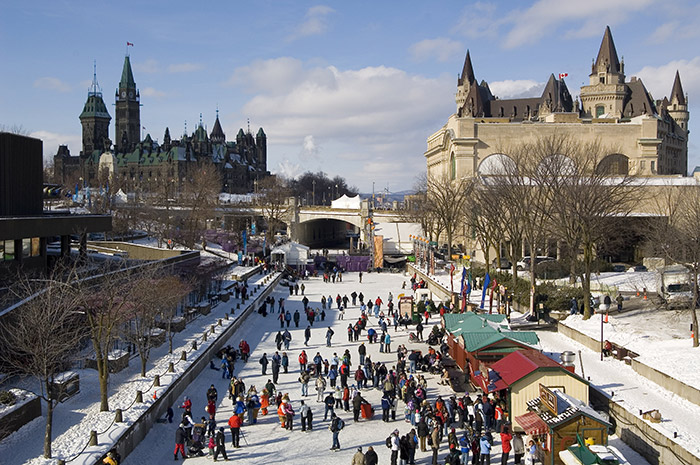
10. Rideau Canal
Ottawa’s Rideau Canada is more than just the world’s largest skating rink. UNESCO recognize it as “the best preserved slackwater canal in North America, demonstrating the use of European technology on a large scale.” They also credit the original military-built canal with allowing the British to successfully defend Canada against the USA, leading to the development of two distinct entities on the continent. In other words, if the canal didn’t exist, neither might Canada. Today, pleasure boats in summer make their way down the 202km waterway, visiting several communities along the way. During winter, it does indeed become the world’s largest skating rink, with a surface area of 90 Olympic rinks. Check out the Rideau Canal on The Great Canadian Bucket List
